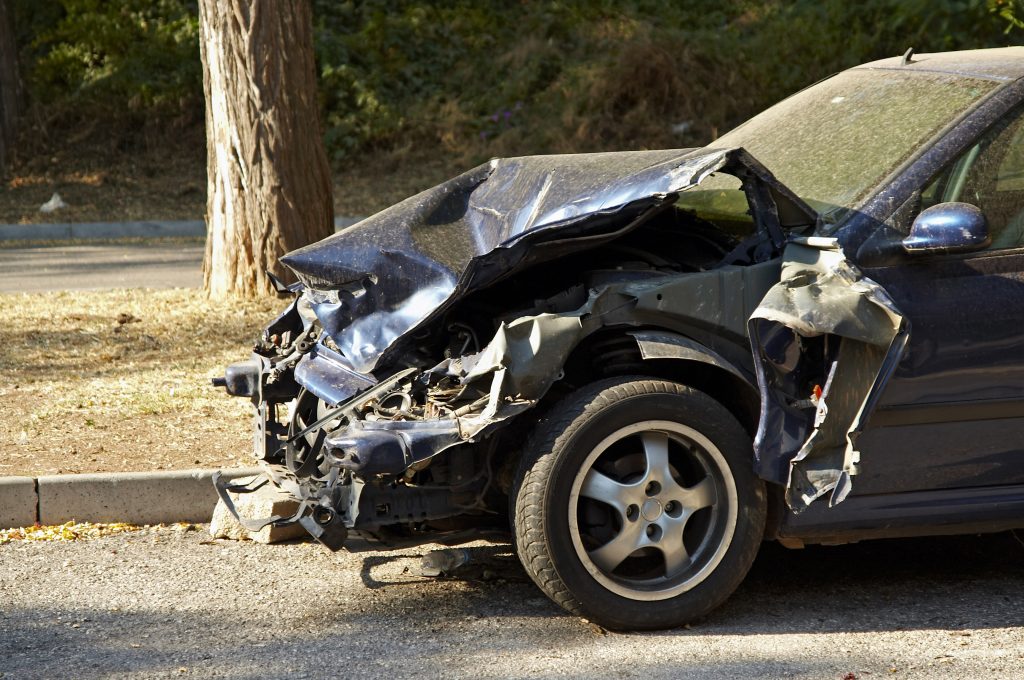
When chain reaction accidents occur it can sometimes feel like mayhem on the highway. One car hits another, then another one hits another and so on and so on. But who’s at fault for all the injuries and wrecked cars? The car that initially caused the accident? The one after that which ran into another car that was trying to stop to avoid the accident? The following case out of Avoyelles parish sheds some light on who’s at fault for what in multi-car pile ups.
Lacey Berthiaume was driving on a Louisiana highway when ahead of her a car entered the roadway without yielding to oncoming traffic. The car in front of Ms. Berthiaume suddenly stopped. Ms. Berthiaume successfully stopped her automobile within a foot of colliding with the car in front of her. However, the truck behind Ms. Berthiaume was not able to stop, and the truck rear-ended her vehicle causing injuries to Ms. Berthiaume. Ms. Bethiaume filed a lawsuit in the Twelfth Judicial District Court, Parish of Avoyelles, alleging the driver of the truck, Mr. Gros, was negligent and caused the accident.
In the trial court, Ms. Bethiaume filed a motion for summary disposition. Ms. Bethiaume argued that Mr. Gros rear-ended her vehicle, and under Louisiana law, in a rear-end accident, the following motorists is presumed to have violated La R.S. 32:81(A), and therefore presumed negligent. In summary, La 32:81(A) states a driver shall not follow another motorist too close to react to traffic and highway conditions. Mr. Gros admitted he caused the accident, but he also argued that the motorist that entered the roadway causing Ms. Berthiaume, and the motorist in front of her, to stop short was also at fault. In short, Mr. Gros argued that this other driver shared some of the fault underlying this accident. The trial court disagreed with Mr. Gros and held he was solely at fault for this accident.
 Louisiana Personal Injury Lawyer Blog
Louisiana Personal Injury Lawyer Blog


 The generally rudimentary question of “what is the ‘amount in dispute’” was anything but simple when Louisiana courts sought to determine whether settlement amounts should be considered “in dispute” in calculating jurisdictional limits. The Monroe Circuit Court sought to determine the “amount in dispute” in relation the subject matter jurisdiction of a City Court with a jurisdictional limit of $30,000. The issue to be determined was whether following the dismissal of the settling defendants, the City Court had jurisdiction over plaintiff’s claim against her uninsured motorist insurer to the full extent of that court’s $30,000 jurisdictional limit. The implications of this case are that it will be easier for injured individuals to remain in City Court if they allege damages less than the jurisdictional limit, despite whether they have previously settled a portion of their claim for an amount exceeding the jurisdictional limit.
The generally rudimentary question of “what is the ‘amount in dispute’” was anything but simple when Louisiana courts sought to determine whether settlement amounts should be considered “in dispute” in calculating jurisdictional limits. The Monroe Circuit Court sought to determine the “amount in dispute” in relation the subject matter jurisdiction of a City Court with a jurisdictional limit of $30,000. The issue to be determined was whether following the dismissal of the settling defendants, the City Court had jurisdiction over plaintiff’s claim against her uninsured motorist insurer to the full extent of that court’s $30,000 jurisdictional limit. The implications of this case are that it will be easier for injured individuals to remain in City Court if they allege damages less than the jurisdictional limit, despite whether they have previously settled a portion of their claim for an amount exceeding the jurisdictional limit. Courts are not perfect, and sometimes they do not always render the correct decision. When a court makes an error in their judgment it can be very frustrating for all of the parties involved. Error can be very costly especially when a major issue, like finding coverage for a victim of an automobile accident under an umbrella insurance policy, needs to be determined. Both the plaintiff and defendant wants the court to look in their favor, but it is also the responsibility of the court to make an error free and accurate decision that is fair and just to both sides.
Courts are not perfect, and sometimes they do not always render the correct decision. When a court makes an error in their judgment it can be very frustrating for all of the parties involved. Error can be very costly especially when a major issue, like finding coverage for a victim of an automobile accident under an umbrella insurance policy, needs to be determined. Both the plaintiff and defendant wants the court to look in their favor, but it is also the responsibility of the court to make an error free and accurate decision that is fair and just to both sides. 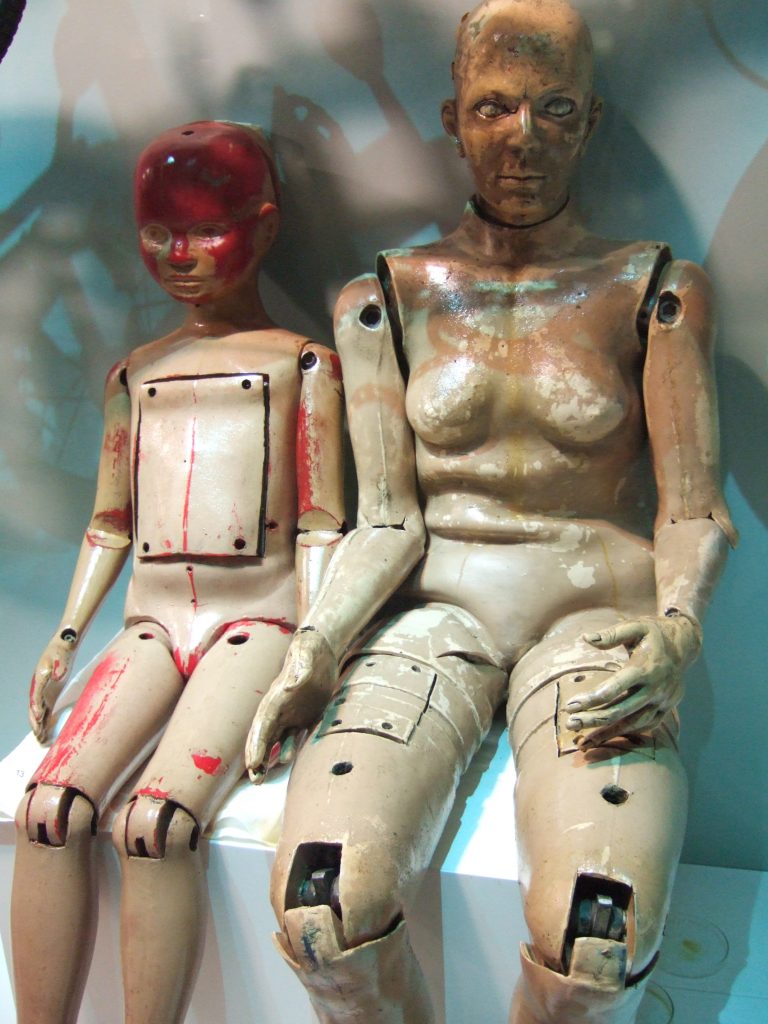 Car accidents are among the most common reasons for a lawsuit. An average car accident is often difficult to conclude which party is at fault. Issues are further complicated if insurance claims are involved. Who is truly at fault for the accident if a vehicle malfunctioned? A trial becomes increasingly complex if a Plaintiff claims that a company is at fault for his injuries. Specific elements are required for a successful trial.
Car accidents are among the most common reasons for a lawsuit. An average car accident is often difficult to conclude which party is at fault. Issues are further complicated if insurance claims are involved. Who is truly at fault for the accident if a vehicle malfunctioned? A trial becomes increasingly complex if a Plaintiff claims that a company is at fault for his injuries. Specific elements are required for a successful trial.  Suppose a pedestrian is hit by a driver who is leaving a poorly-maintained parking area in rural Louisiana that is little more than a partially cleared grassy area. The pedestrian sues the property owner and its insurers, among other defendants. Now suppose that this plaintiff, on being questioned in a deposition taken by the defendants’ attorneys, cannot articulate anything at all that the property owner did or did not do to cause this accident. Suppose also that the pedestrian fails to refute evidence that this type of unpaved, unmarked “clearing in the woods” parking area is common in rural Louisiana and that there have never been any parking problems or collisions in this particular lot before. Will the case go to the jury, or will the judge find for the defendants due to a lack of disputed facts for the jury to consider, leaving the injured pedestrian without a chance to prove she has suffered damages and deserves compensation from the property owners?
Suppose a pedestrian is hit by a driver who is leaving a poorly-maintained parking area in rural Louisiana that is little more than a partially cleared grassy area. The pedestrian sues the property owner and its insurers, among other defendants. Now suppose that this plaintiff, on being questioned in a deposition taken by the defendants’ attorneys, cannot articulate anything at all that the property owner did or did not do to cause this accident. Suppose also that the pedestrian fails to refute evidence that this type of unpaved, unmarked “clearing in the woods” parking area is common in rural Louisiana and that there have never been any parking problems or collisions in this particular lot before. Will the case go to the jury, or will the judge find for the defendants due to a lack of disputed facts for the jury to consider, leaving the injured pedestrian without a chance to prove she has suffered damages and deserves compensation from the property owners? Insurance policies can be difficult to understand. Litigating disputes arising from insurance policies can be even more difficult because the court must look not only at the policy itself to decide the case but must also consider which state’s law to apply to the case. The complexity of insurance cases makes it important to seek the services of an attorney familiar with the nuances of insurance litigation.
Insurance policies can be difficult to understand. Litigating disputes arising from insurance policies can be even more difficult because the court must look not only at the policy itself to decide the case but must also consider which state’s law to apply to the case. The complexity of insurance cases makes it important to seek the services of an attorney familiar with the nuances of insurance litigation.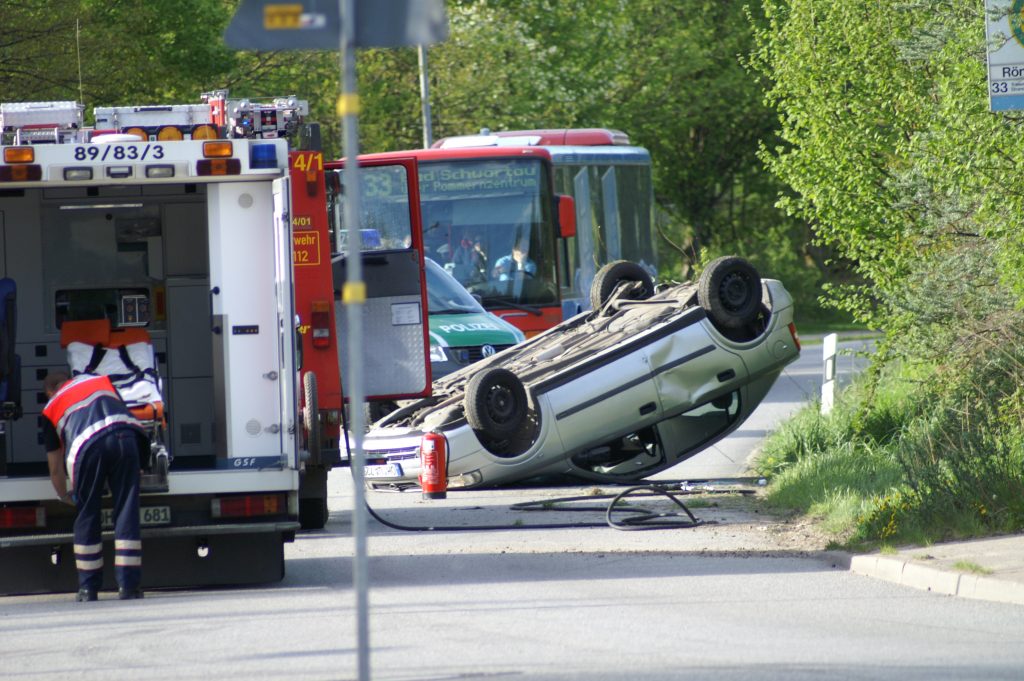 A rear-end collision in Opelousas has led to a demonstration on how complex lawsuits concerning insurance companies can be. The Third Circuit Court of Appeal reversed a trial court’s decision regarding damages suffered in the accident, focusing on the amount owed to the plaintiffs by two different insurance companies.
A rear-end collision in Opelousas has led to a demonstration on how complex lawsuits concerning insurance companies can be. The Third Circuit Court of Appeal reversed a trial court’s decision regarding damages suffered in the accident, focusing on the amount owed to the plaintiffs by two different insurance companies.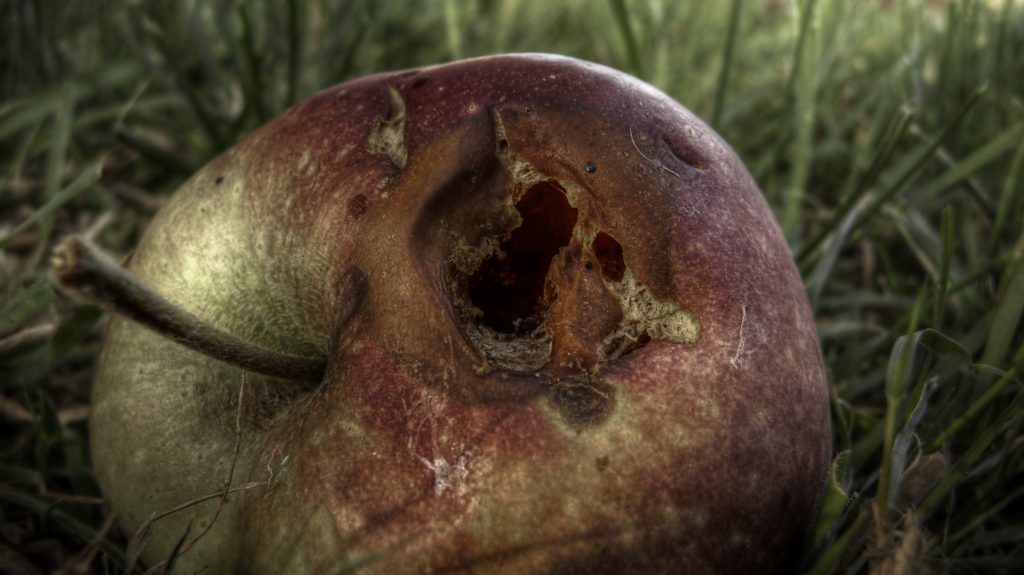 Plaintiff Richard Reynolds sustained injuries in a multi-vehicle accident on March 15, 2008, in St. Tammany Parish. Reynolds alleged, amongst other counts, that his insurer, Automobile Club Inter-Insurance Exchange (ACE) and Insurance Auto Auctions Corporation (IA) failed to preserve Reynolds’ vehicle for inspection purposes to determine whether any defects existed, despite being put on notice of the need for preservation. ACE and IA defended themselves by stating there was “no cause of action” for what Reynolds was attempting to sue for, and the Supreme Court of Louisiana granted certiorari, or an order to review the decision of the lower court, to definitively rule on the viability of negligent spoliation of evidence as a cause of action in Louisiana.
Plaintiff Richard Reynolds sustained injuries in a multi-vehicle accident on March 15, 2008, in St. Tammany Parish. Reynolds alleged, amongst other counts, that his insurer, Automobile Club Inter-Insurance Exchange (ACE) and Insurance Auto Auctions Corporation (IA) failed to preserve Reynolds’ vehicle for inspection purposes to determine whether any defects existed, despite being put on notice of the need for preservation. ACE and IA defended themselves by stating there was “no cause of action” for what Reynolds was attempting to sue for, and the Supreme Court of Louisiana granted certiorari, or an order to review the decision of the lower court, to definitively rule on the viability of negligent spoliation of evidence as a cause of action in Louisiana. 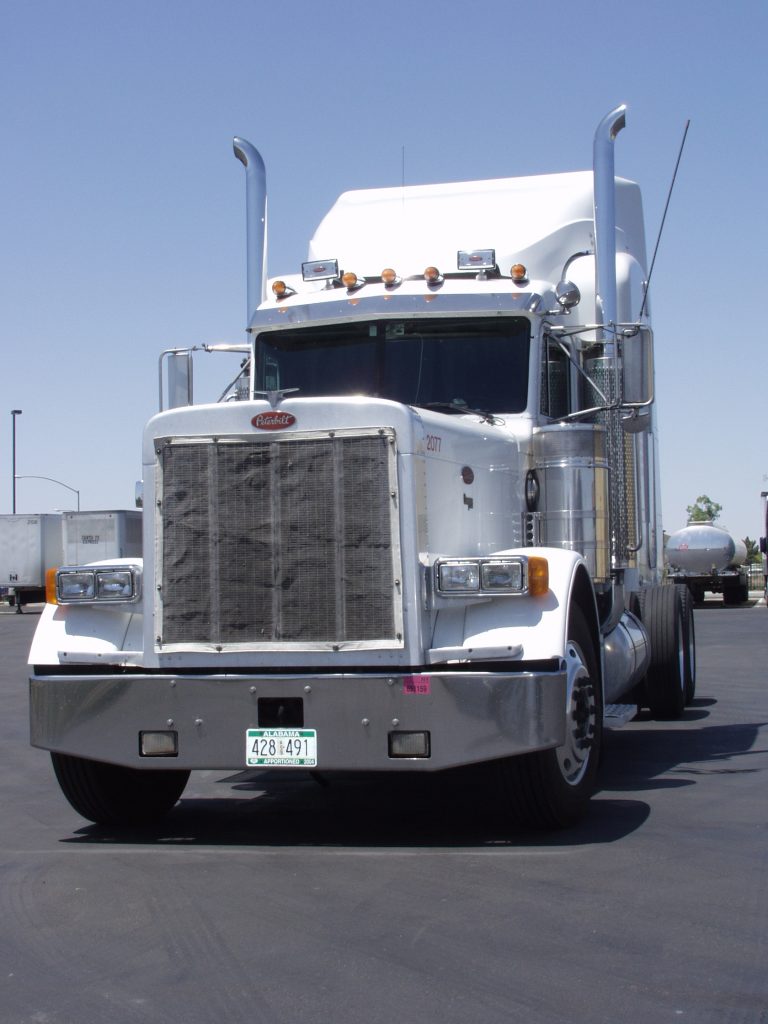
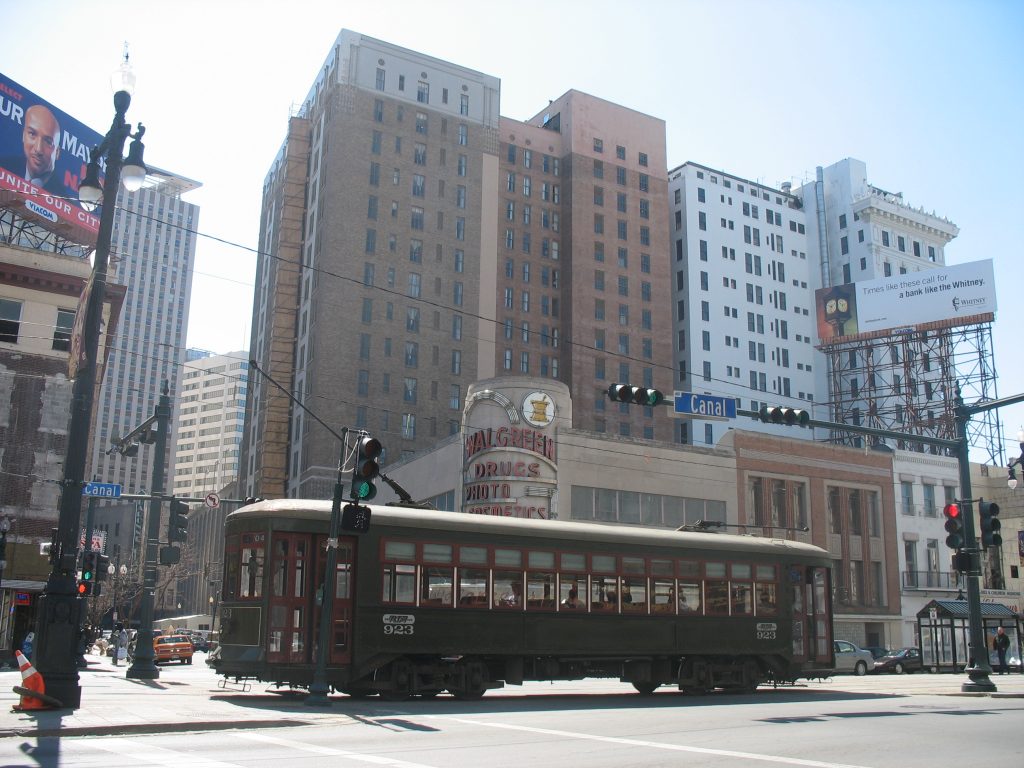 Car accidents can be an alarming ordeal. Especially, where there has been a fatality involved. Generally, when a vehicle has been physically involved in an accident, the driver can expect to have some liability. However, liability can also be involved where a driver requires a passenger to exit a vehicle, and the passenger is subsequently struck and killed by an unknown driver, hours later.
Car accidents can be an alarming ordeal. Especially, where there has been a fatality involved. Generally, when a vehicle has been physically involved in an accident, the driver can expect to have some liability. However, liability can also be involved where a driver requires a passenger to exit a vehicle, and the passenger is subsequently struck and killed by an unknown driver, hours later.